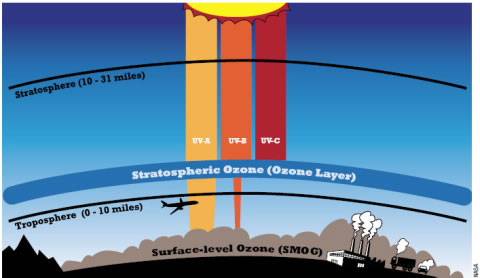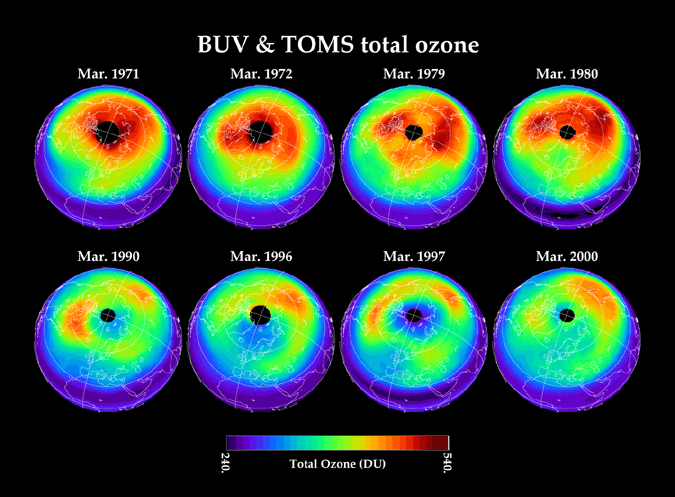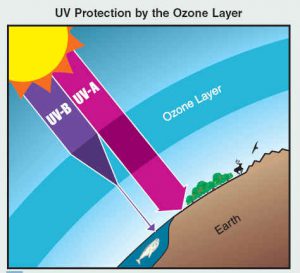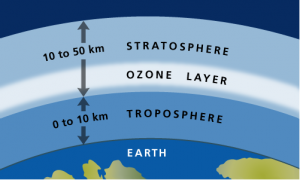Q1) Instead of directly reflecting back to space, most of the energy leaving the Earth’s surface can be trapped and retained by the greenhouse gases at the atmosphere (e.g. Methane, Ozone, Carbon dioxide, water vapour, Nitrous oxide). Hence, this maintains the Earth’s temperature and will not cool rapidly.
Q2) The statement is incorrect because the rise of temperature as the cause of global warming may be intensifying the effects of the jet stream’s position, which in the winter can cause extreme cold weather and caused extreme climate change and that is why winter not reducing global warming effect but in contrary bring more harm.
Q3) The surround atmosphere contains water vapour. When the radar tries to detect the target, it will also trigger the rotation of the water molecules at the same time. This will lead to an inaccuracy in the signals given out during the detection.
Q4) Among the 3, air quality problem poses the most serious threat in the short run.
The reason is that the effects of such problem are immediately felt (e.g. rise in CO level in air leads to harmful health effects, sometimes death, within minutes);
whereas effects of the other two are more concerned towards the future (e.g. rise in sea level is not much of a threat now, but could displace many shore-based population in several decades ahead if current trend is kept).
Global warming would pose the most serious threat in the long run.
Some long term threats include,
• More frequent intense droughts that would reduce the supply of agriculture whilst the demand is increasing due to an increased in global population size
• Increase in ocean temperatures which threatens the marine biodiversity and the loss of habitat (e.g. Rising temperatures on the Great Barrier Reef leads to coral bleaching, corals die, loss of habitat for marine life, loss of marine life)
• Rising sea levels which threatens countries such as The Netherlands, where more than half of the country is below sea level, and rising sea levels will pose social and economical problems to the country.
• Reduction in the amount of artic sea ice to a point of complete annihilation.












